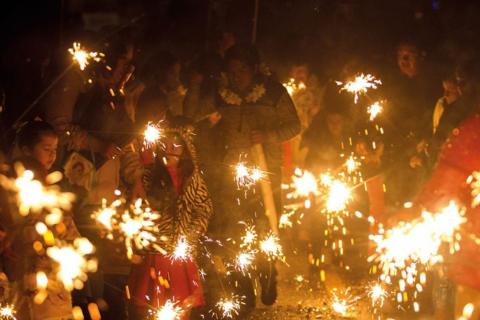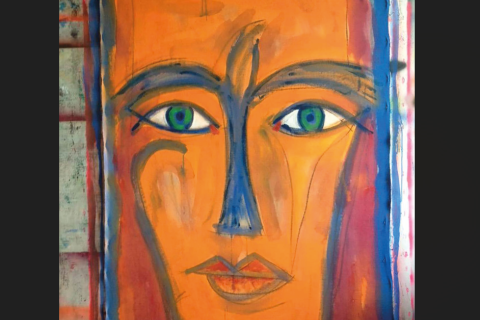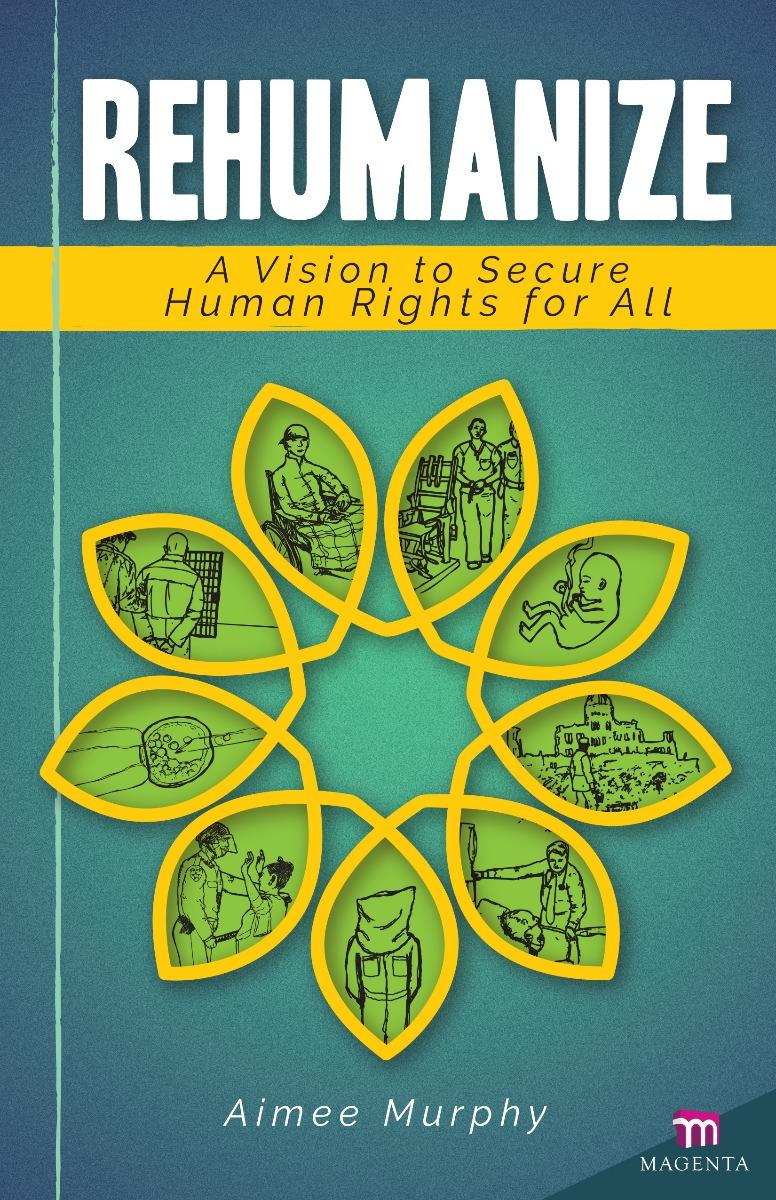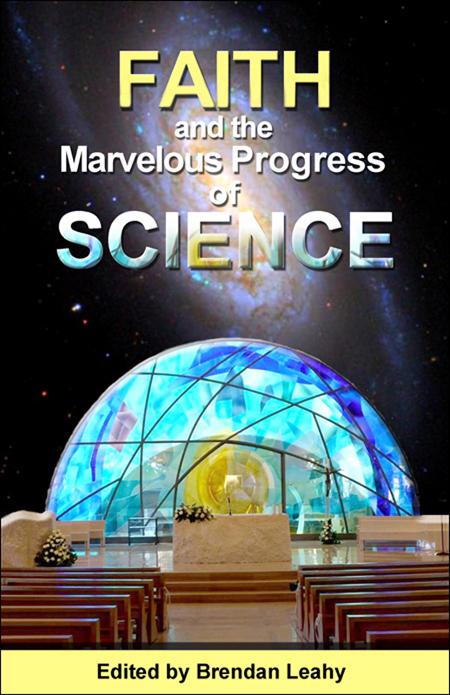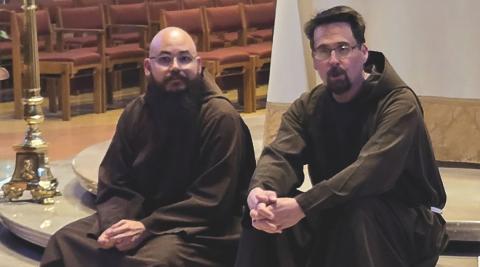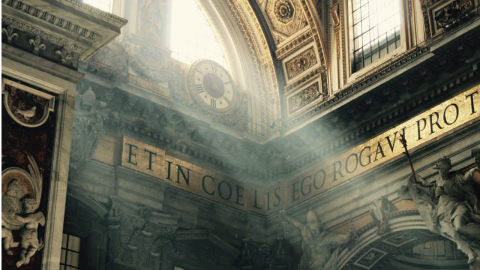Raimundo Gaby, artist and university professor from Brazil, epitomizes how you are never too old to follow your passions and cultivate your creativity
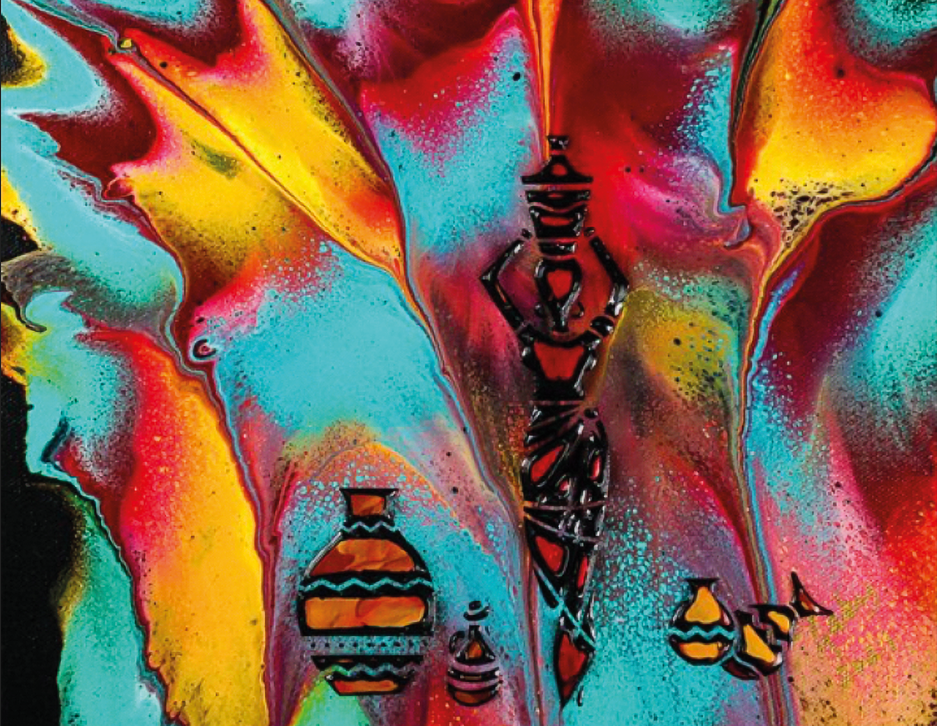
Photo by cittanuova.it (2)
Raimundo Gaby is a professor of business management at the Culinary Institute of America, the largest culinary institute in the world. It is a prestigious academy based in Hyde Park, New York.
A Columbia University graduate, expert in wines, Raimundo boasts numerous awards for his work. After years dedicated to catering in some of the top restaurants in Manhattan, he now focuses on teaching, but not only.
In fact, three years ago he began to cultivate his passion for aesthetics, becoming a productive artist with a very particular and personal style, although he has never studied art formally.
Born in Brazil, he spent his childhood in a small town in the Amazon area. “We didn’t even have a high school, I had to cross the river in a canoe to go to school,” he says.
He moved to the capital to attend high school and university; then came the opportunity to spend a semester in the U.S., where he met his now former wife. When they discovered that they were going to have a baby girl, Raimundo decided to leave Brazil, despite the fact that he was very attached to his family and did not speak English.
His life changed: instead of continuing to study agriculture and following the dream of generating a positive ecological impact on the forests of the Amazon, which were being damaged by the felling of trees to obtain arable land, he began to look for numerous jobs to support his daughter.
“My mom had a restaurant in Brazil, so I knew how to cook. I got three jobs; it was a busy period, but even in that case, art helped me, music in particular. I was playing for a local band; this helped me to be centered. Then I started studying in the U.S.”
Over time he found space to cultivate other passions such as photography, with which he experimented a lot. A lover of macro photography, he initially focused on flower photos.
Then the Covid-19 pandemic hit, and in a very short time, Raimundo lost seven members of his family, including his father and brother.
“The school where I was teaching closed, so I stayed at home, like everyone else, and couldn’t sleep. I knew I could paint, so I started doing it. In the last three years I have produced a lot, art has been a way to let my creativity come out and to stay healthy, this is what I continue to believe.”
Raimundo passionately describes his art, explaining how at first it was completely intuitive. It was based only on connecting with a greater, inexplicable energy, but it was what he needed. He explains that he feels that his inspiration comes from something that transcends things.
He began to carry a notebook with him, so when he had ideas he could draw them and keep them in mind. His works consist of abstract drawings mixed a little with realism, 3D products, with the use of resin, glass, stones...
“I haven’t really been able to embrace my art before I was about 40; that’s why I feel like, having painted a lot, racing against time, making up for all the opportunities I didn’t have.”
Among his works, there is not one that he cares for more than others. The only difference lies in the effort and time he invests in producing them, which is always different.
Gaby also speaks of humility, stating that for him it is fundamental. He paints to touch people’s lives and to leave a legacy to his great-grandchildren, concrete works of art that can remain.
“If I can give one piece of advice to all artists in every field, it is to minimize expectations about the proceeds or people’s perception of your art. Put all your love into it.
”Don’t even set ambitions on success, although society imposes it as a model. Success is already in the path.
“It took 52 years to get the chance to produce my art, even economically. Now the people who believed in me and who have always considered me an artist are happy, and so am I.”



